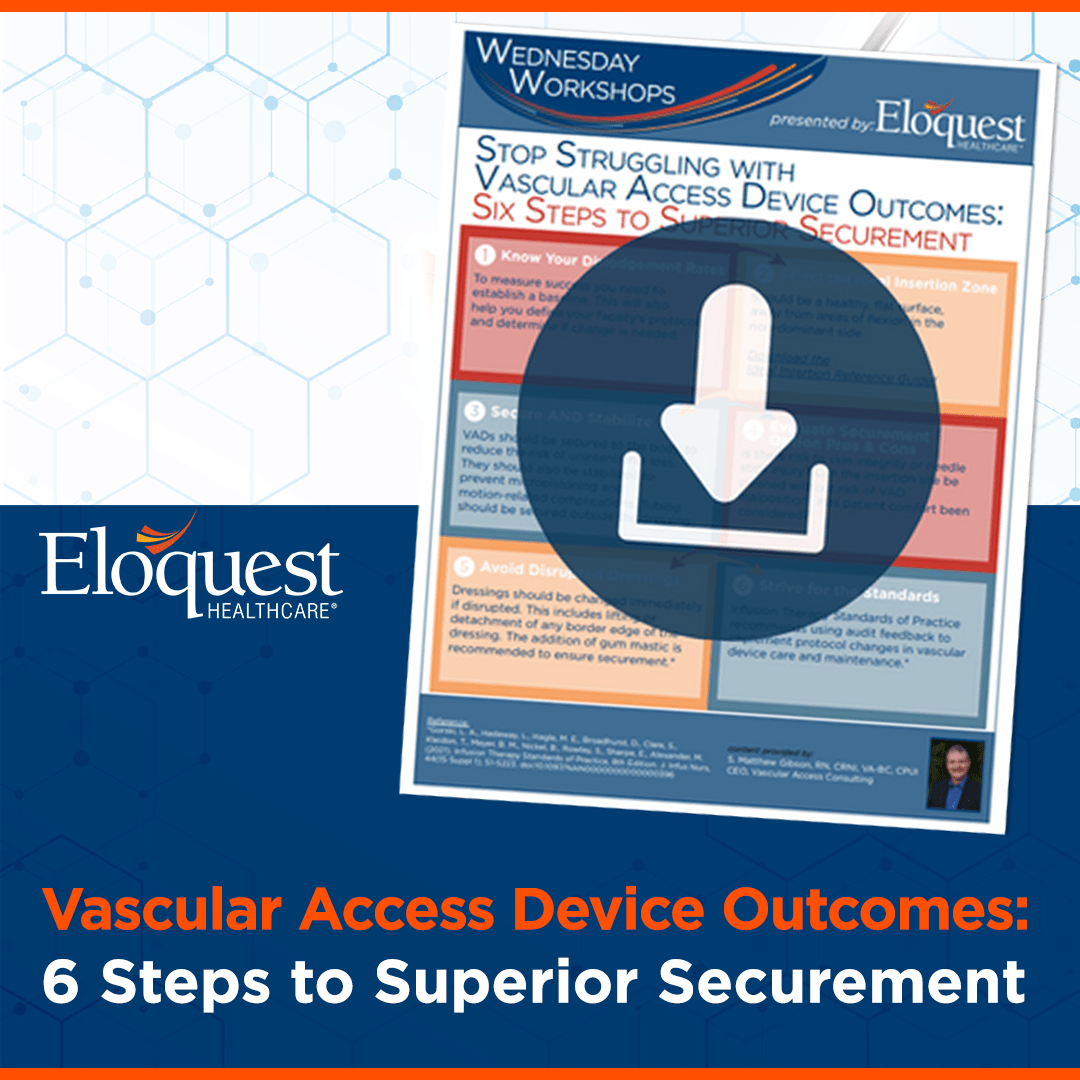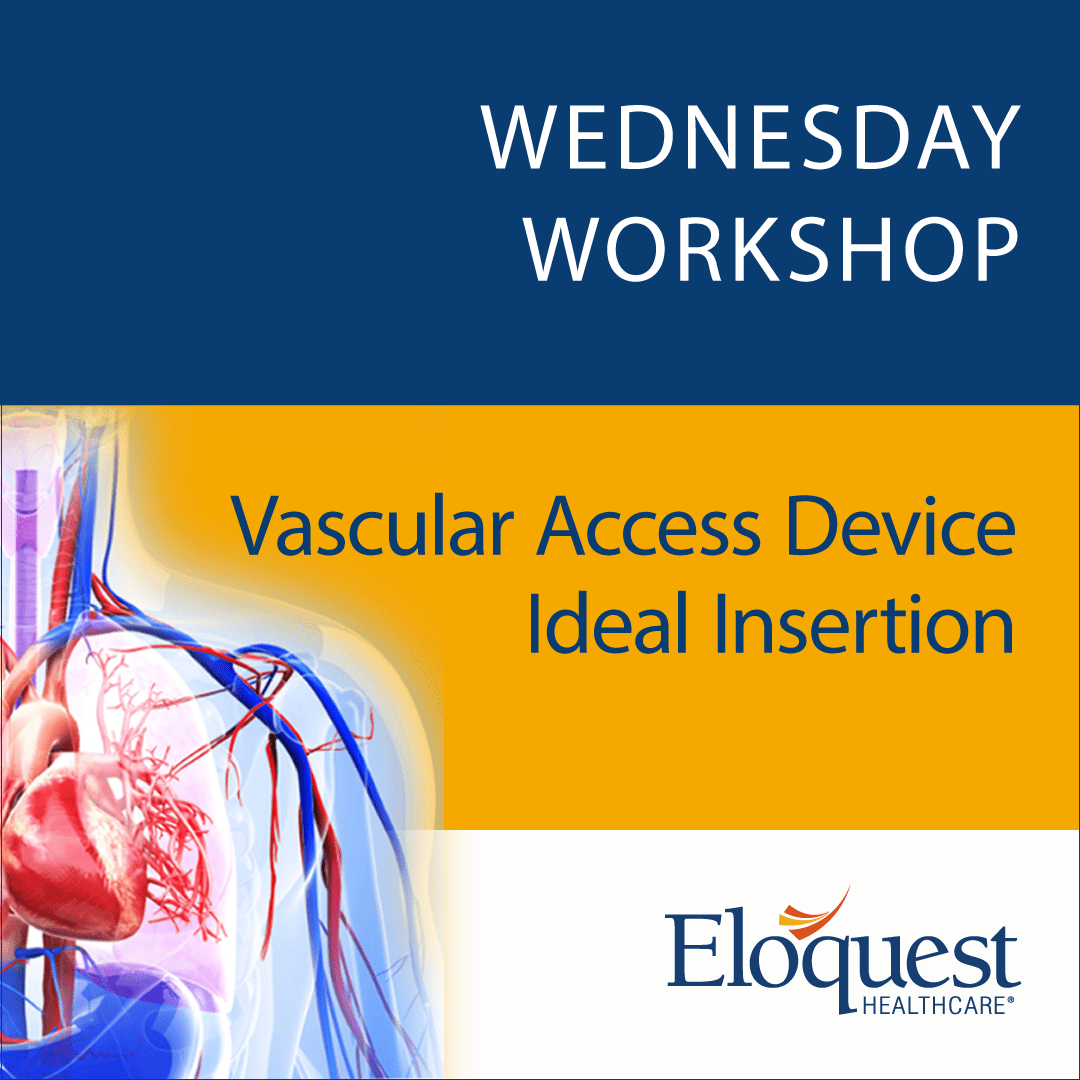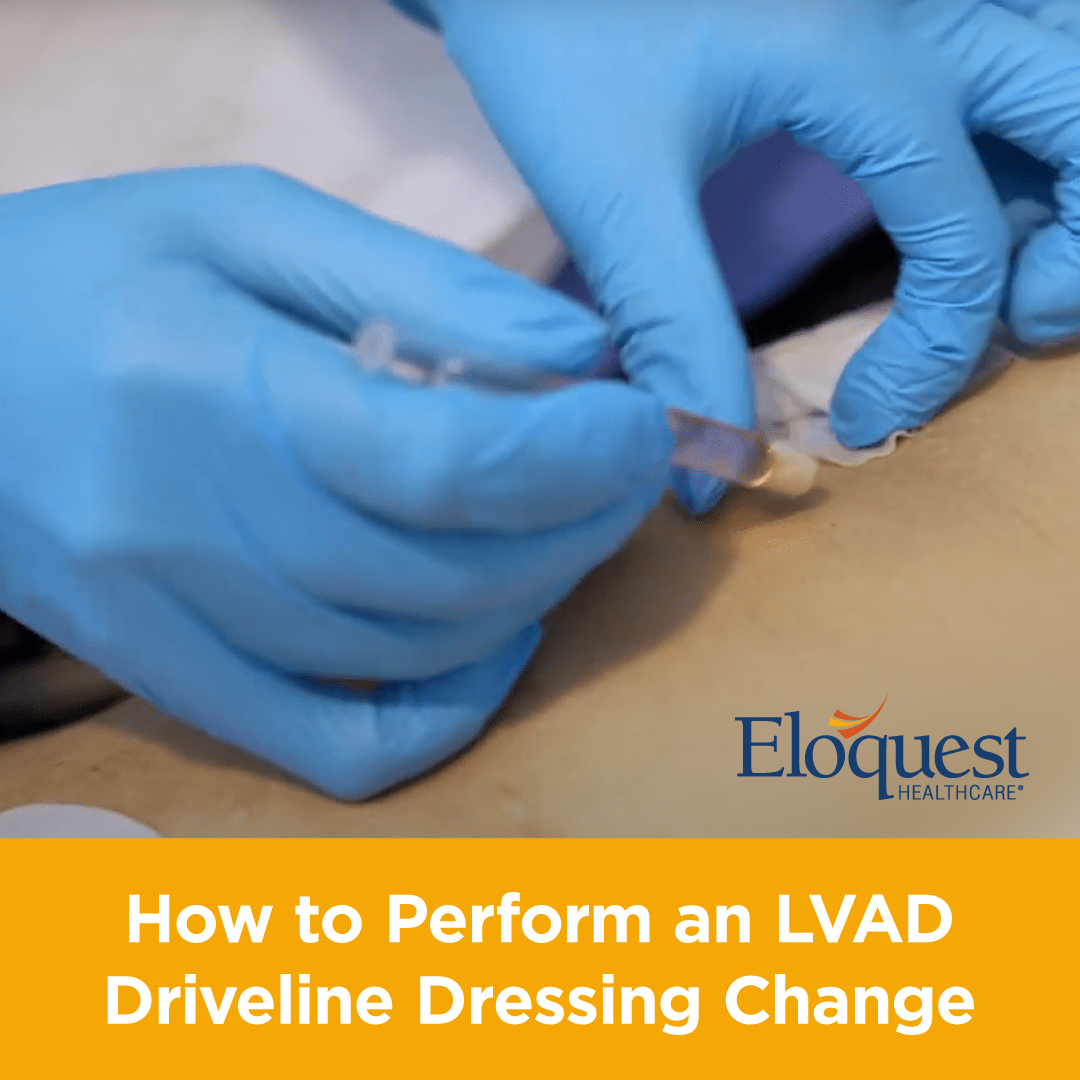Nurses Love Tape But It Can Be A Sticky Situation To Remove It
Nurses Love Tape But It Can Be A Sticky Situation To Remove It Medical adhesive products are a critical tool in healthcare. Across virtually every medical specialty, the use of adhesives facilitates better securement of dressings and medical devices. Proper device securement is particularly important in vascular access, where the overarching goal is to provide…
Details










